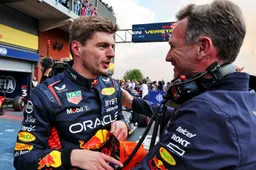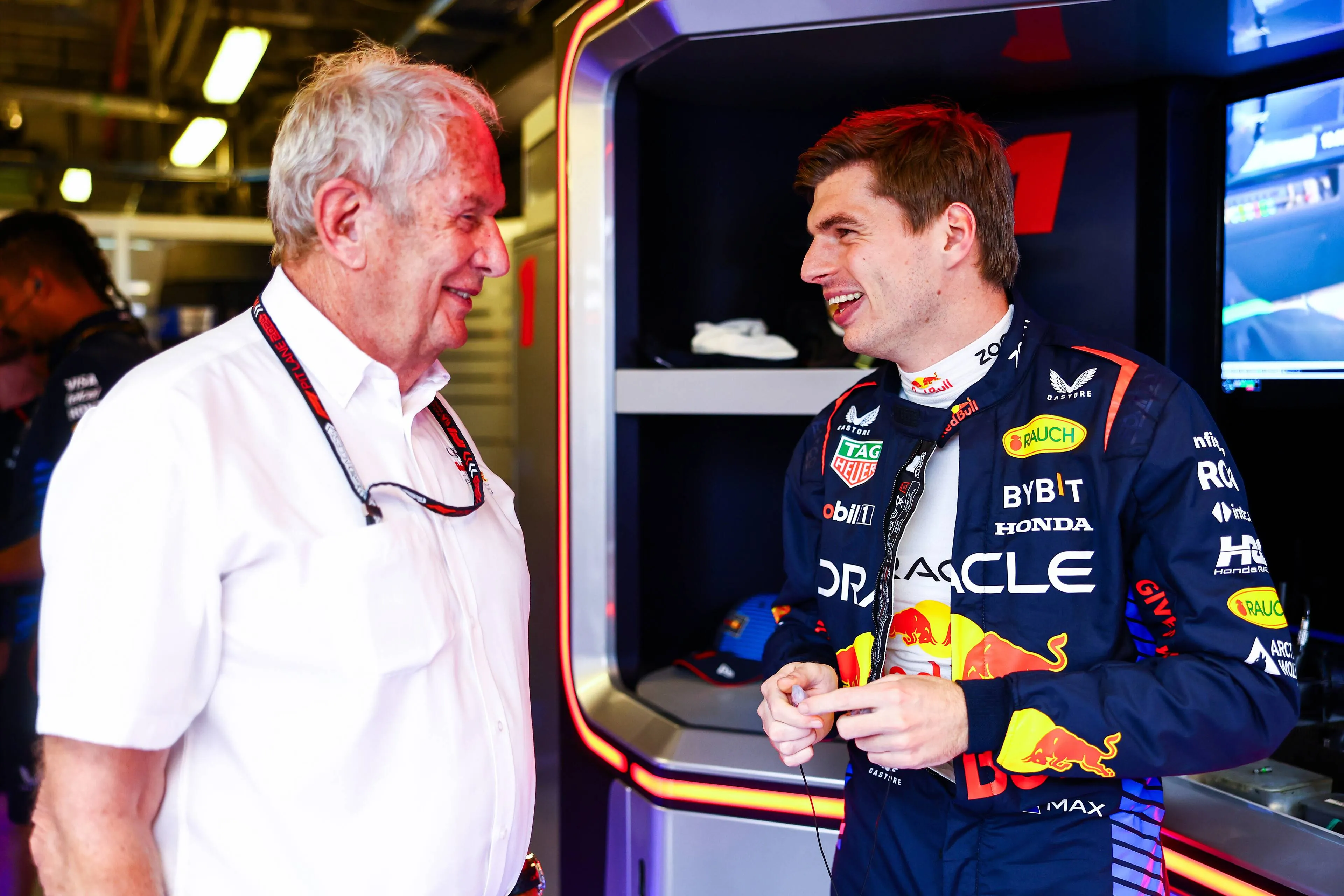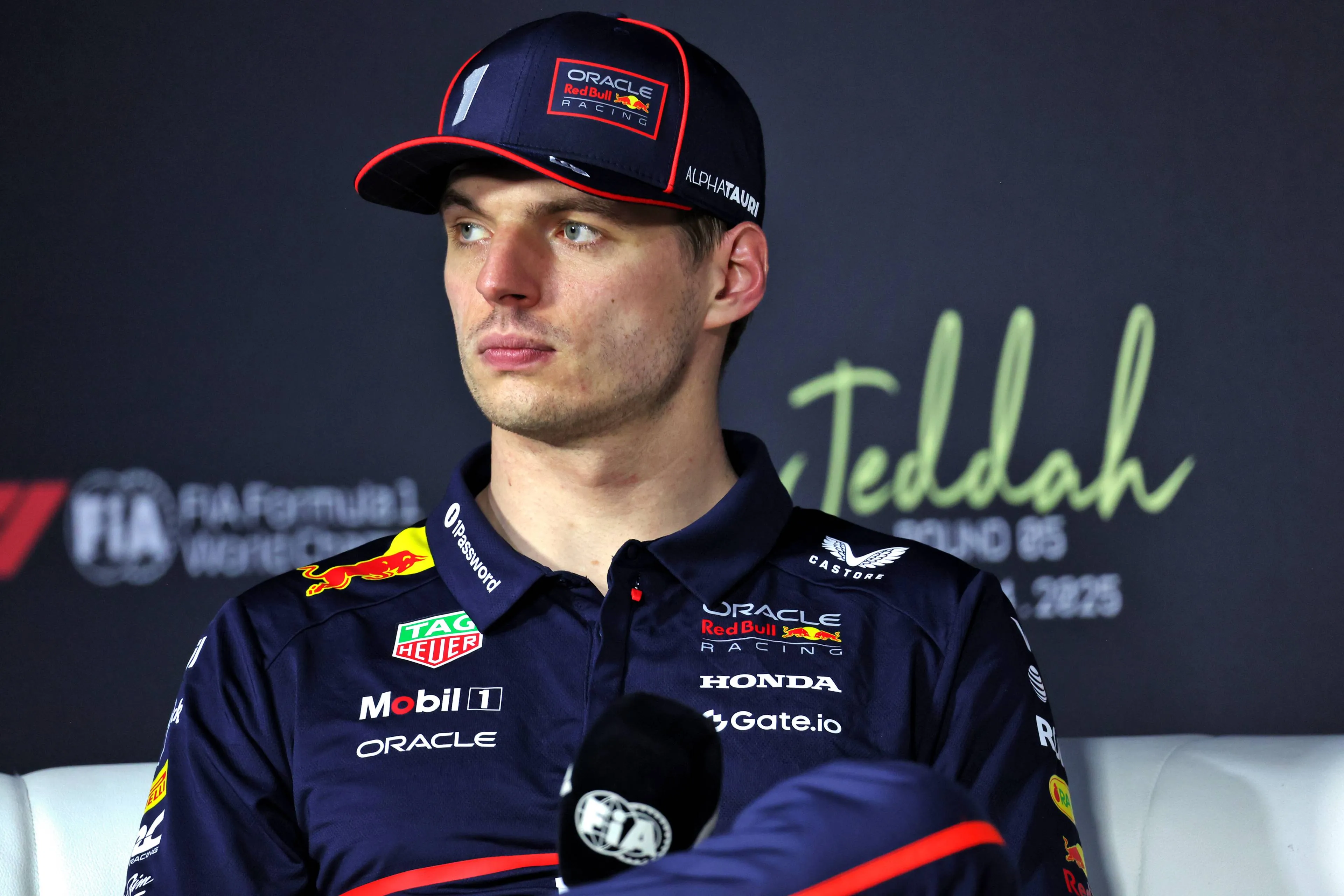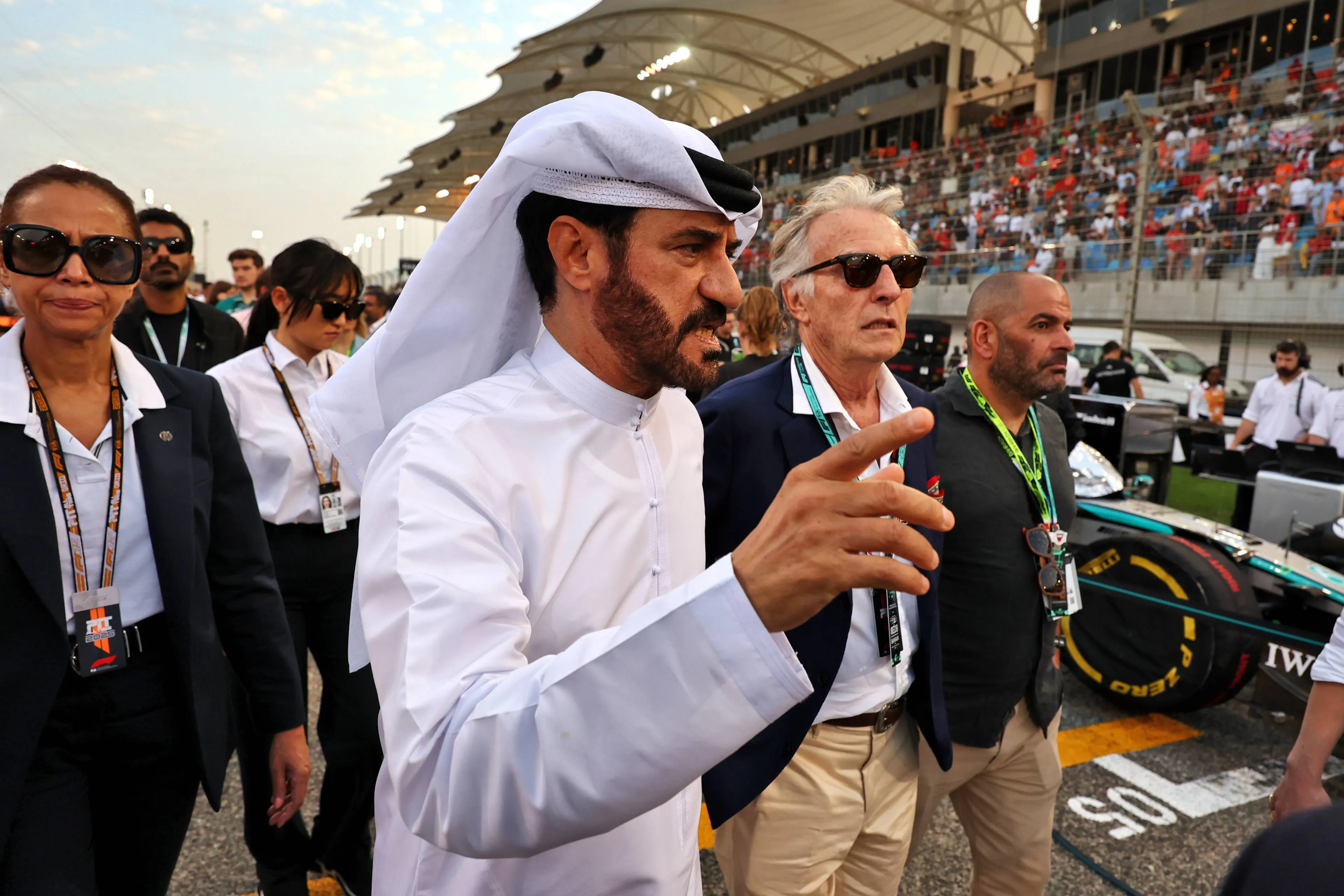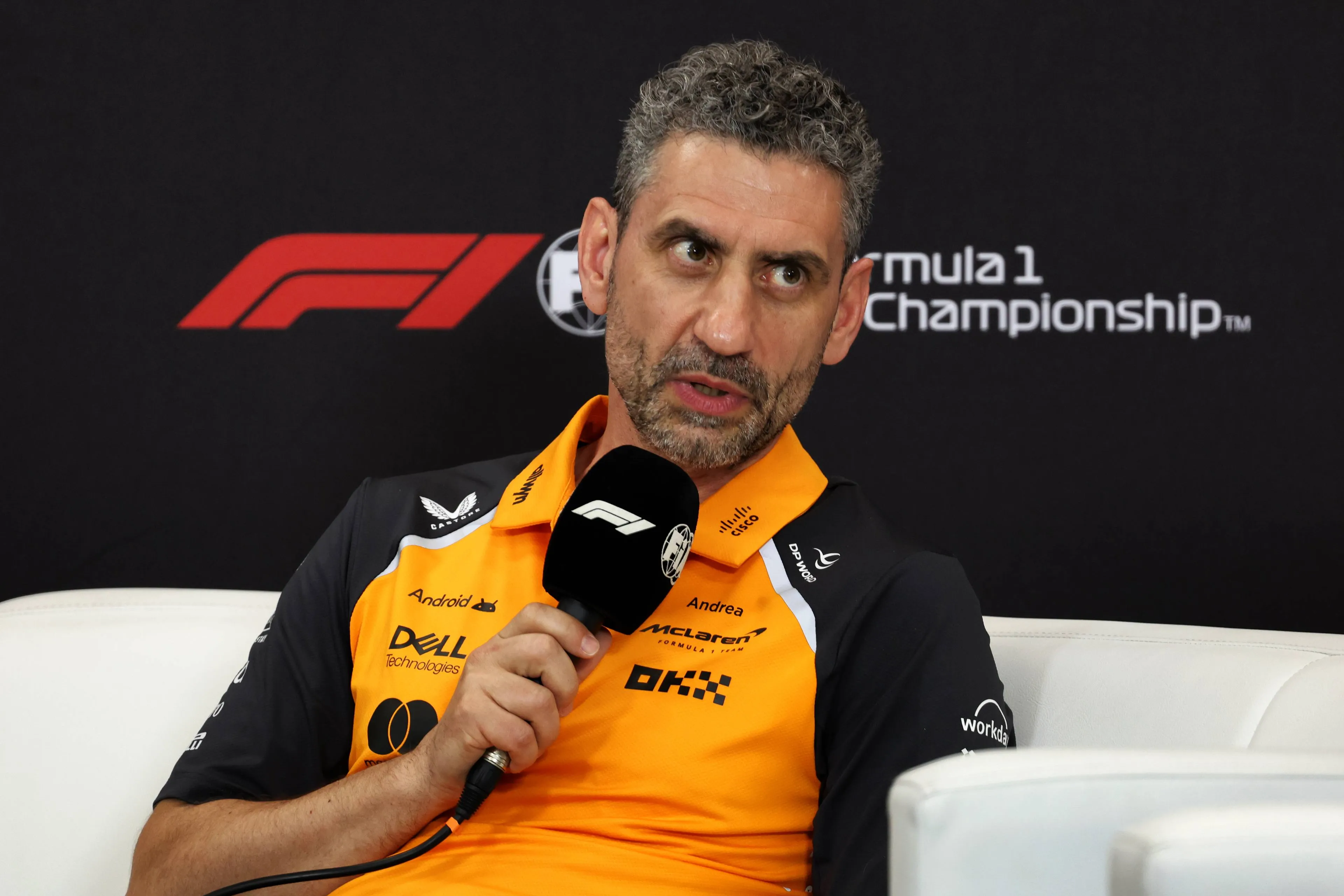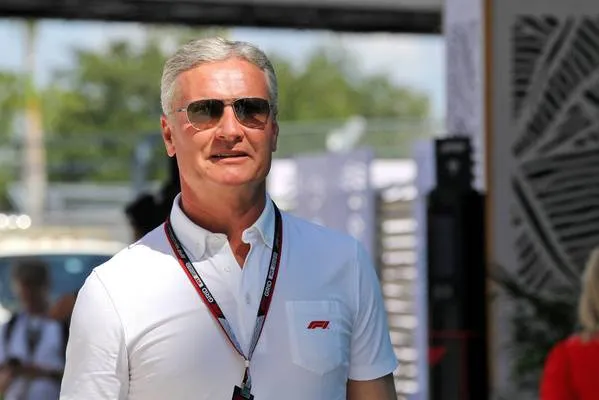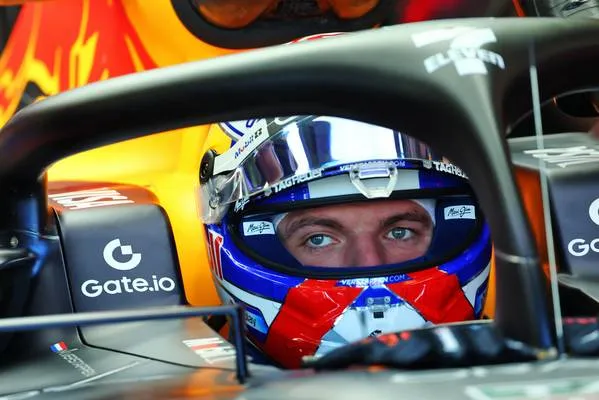The 2023 Formula 1 calendar will feature 24 races. That will be two more races than the 2023 Formula 1 season due to the return of the Chinese and Emilia-Romagna Grands Prix. Once again, the sport will crisscross the globe with events in Asia, North America, South America, Australia and Europe. The driver and constructor who score the most points at all the events combined will be crowned Formula 1 World Champions of 2024. See the full schedule below.
The 2024 Formula 1 Calendar
The 2024 Formula 1 season will start at the Bahrain International Circuit for the 2024 Bahrain Grand Prix. This event will take place on March 2 and marks the earliest start to a season since 1992. The Grand Prix will take place on a Saturday to accommodate Ramadan. The sport will then travel to Jeddah for the Saudi Arabian Grand Prix on March 9. This race will also take place on a Saturday. Two weeks later, the sport returns to Melbourne for the Australian Grand Prix on March 24.
The fourth Grand Prix of the season will take place in Japan. To help with the travelling situation, this event has been moved in the calendar year and is now linked into a double-header with the Australian Grand Prix. The Chinese Grand Prix hasn't gone ahead since 2019 due to the coronavirus pandemic, but Formula 1 will return to Shanghai on April 21. The Miami Grand Prix is scheduled to take place two weeks later.
The European season starts
The Emilia-Romagna Grand Prix had to be cancelled in 2023 due to floods in Imola. It is back on the 2024 F1 calendar and will take place on the 19th May. This is the first event of the season in Europe. The F1 circus will then travel straight to Monte Carlo for the 2024 Monaco Grand Prix on May 26. The weekend in Canada will be sandwiched between off weeks.
The European part of the Formula 1 season then continues with the first triple header. The Spanish Grand Prix will take place on June 23, followed by the Austrian Grand Prix one week later. Many teams' home race takes place one week later with the 2024 British Grand Prix at Silverstone. After a week off, Formula 1 will head to Budapest for the 2024 Hungarian Grand Prix on July 21. The Belgian Grand Prix at Spa-Franchorchamps will be the final event before the sport starts its traditional summer break on July 28.
The European leg of the 2023 Formula 1 season continues after the summer break. Max Verstappen's party at the Dutch Grand Prix kicks things off again. The race at Zandvoort takes place on August 25th. The Italian Grand Prix follows one week later. To compensate for Japan's calendar move, the Azerbaijan race drops far down the list and will be the 17th race in the season on September 15. This forms a double-header with the Singapore Grand Prix on September 22.
Brutal finish to the season
Formula 1 then takes an 'autumn break'. There will be no action for three consecutive weekends before the sport enters a brutal period. To finish the season, there will be six races in eight weeks, spread across three different continents.
The United States Grand Prix in Austin, Texas, kicks off on October 20. The F1 circus will travel south to Mexico for the race on October 27 before travelling further south to Brazil for the Grand Prix in Sao Paulo on November 3. There is a two-week break to travel back north. The second Las Vegas Grand Prix will take place on 23 November, before the F1 personnel travel to Asia for the final two Grands Prix.
The Qatar Grand Prix will occur on December 1, and the Abu Dhabi Grand Prix will conclude the season on December 8.
When are the F1 Sprint races taking place in 2023?
The Sprint Race weekends for the 2024 Formula 1 season have not been confirmed yet. The sport has made a small change to the sprint race weekend format for 2023. The second free practice session will no longer occur, and the sprint race will no longer form the grid for Sunday's Grand Prix. Instead, traditional qualifying will take place on Friday, forming the grid for the main event on Sunday. The sprint part is now completely isolated to a Saturday.
There is a shortened version of qualifying on Saturday morning, which sets the grid for the sprint race. This is called the Sprint Shootout. Teams must use the medium tyres in SQ1 and SQ2 as long as it is dry. The soft tyres can then make an appearance in SQ3. The sprint race remains a 100km dash, with points handed out to the top eight drivers. The winner picks up eight World Championship points, and this number reduces by one per position dropped.
The full 2024 Formula 1 Calendar
- Bahrain Grand Prix - March 2
- Saudi Arabian Grand Prix - March 9
- Australian Grand Prix - March 24
- Japanese Grand Prix - April 7
- Chinese Grand Prix - April 21
- Miami Grand Prix - May 5
- Emilia-Romagna Grand Prix - May 19
- Monaco Grand Prix - May 26
- Canadian Grand Prix - June 9
- Spanish Grand Prix - June 23
- Austrian Grand Prix - June 30
- British Grand Prix - July 7
- Hungarian Grand Prix - July 21
- Belgian Grand Prix - July 28
- Dutch Grand Prix - August 25
- Italian Grand Prix - September 1
- Azerbaijan Grand Prix - September 15
- Singapore Grand Prix - September 22
- USA Grand Prix - October 20
- Mexican Grand Prix - October 27
- Brazilian Grand Prix - November 3
- Las Vegas Grand Prix - November 23
- Qatar Grand Prix - December 1
- Abu Dhabi Grand Prix - December 8
Read more about:
Popular on GPBlog

1
Ecclestone doesn't understand Verstappen's reaction: 'Why didn't he do that instead?'
1079 times read

2
Horner turns to Miami with confidence: 'We had McLaren beat'
543 times read
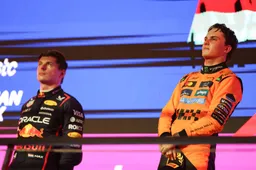
3
Windsor points to rule change after Turn 1 battle between Verstappen and Piastri
522 times read

4
Palmer blames Verstappen's 'penalty or glory' approach: 'Just like 2021 with Hamilton'
512 times read

